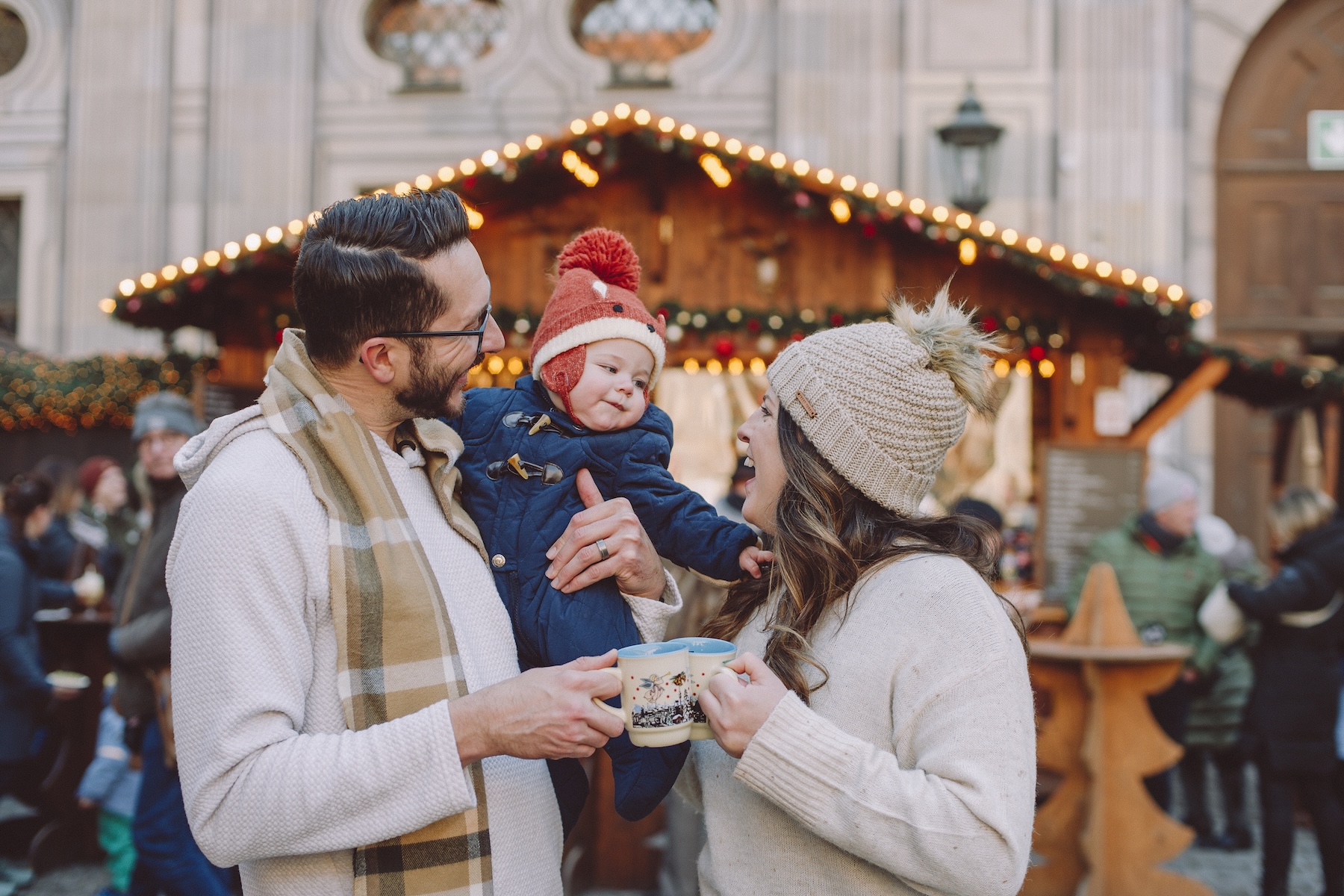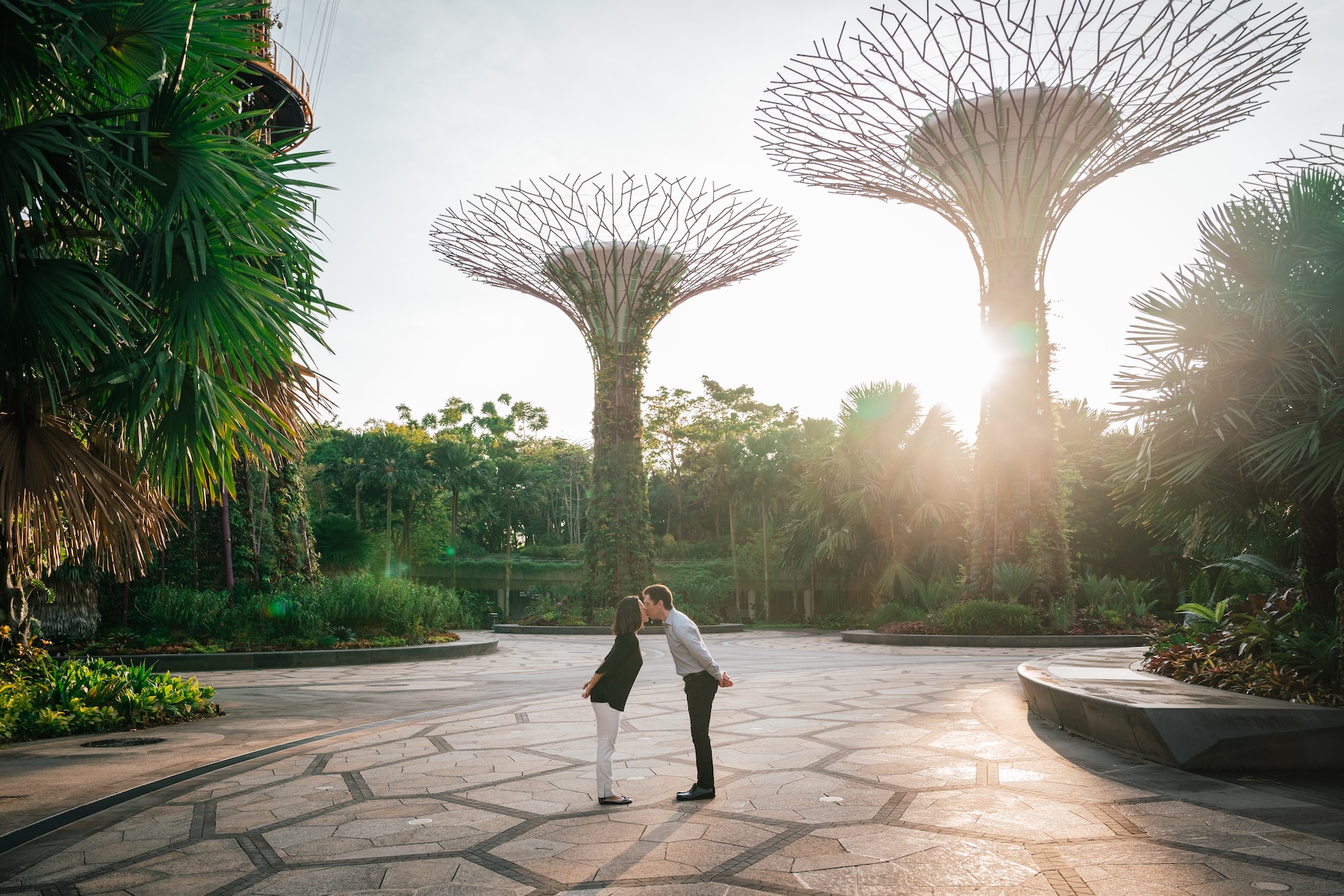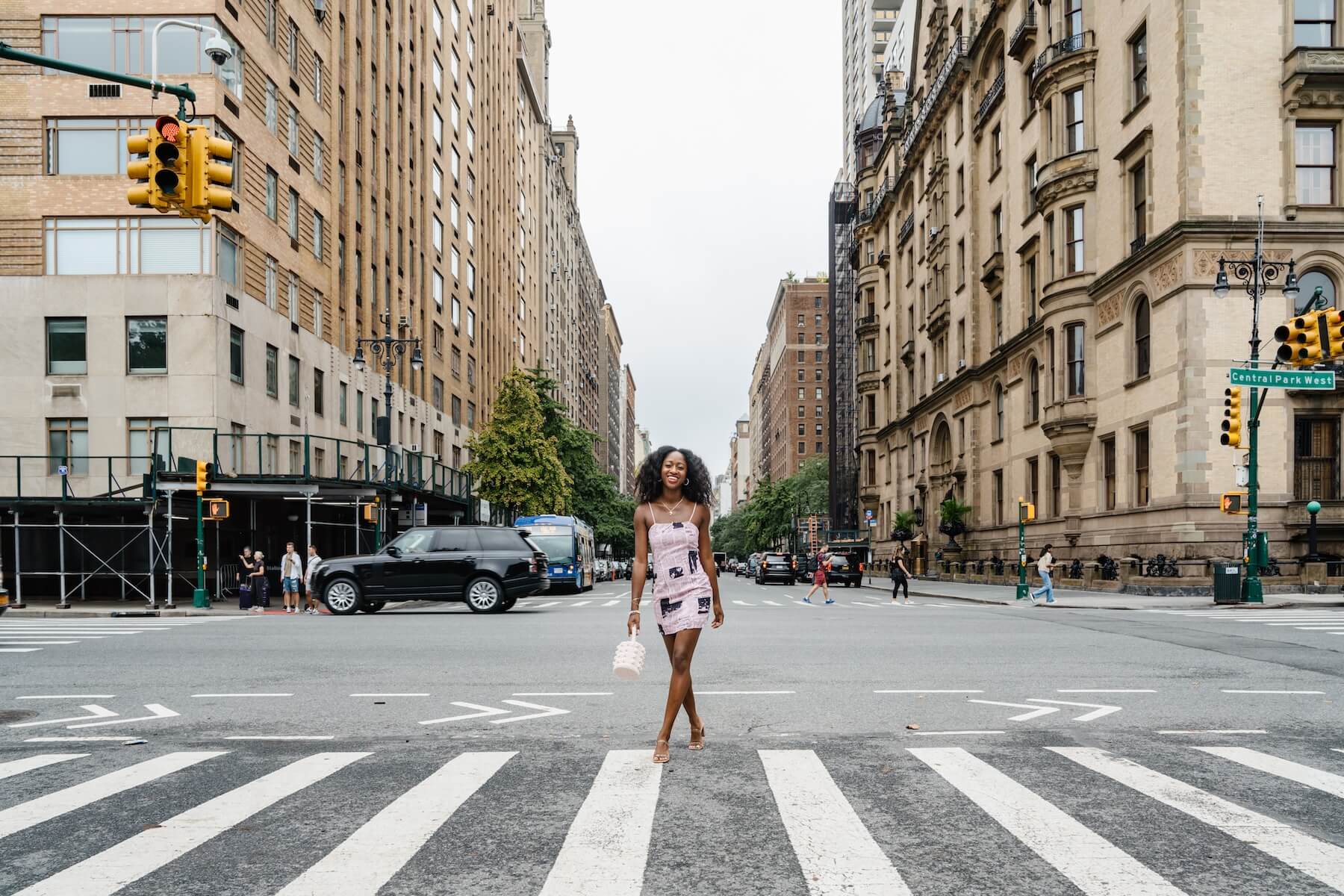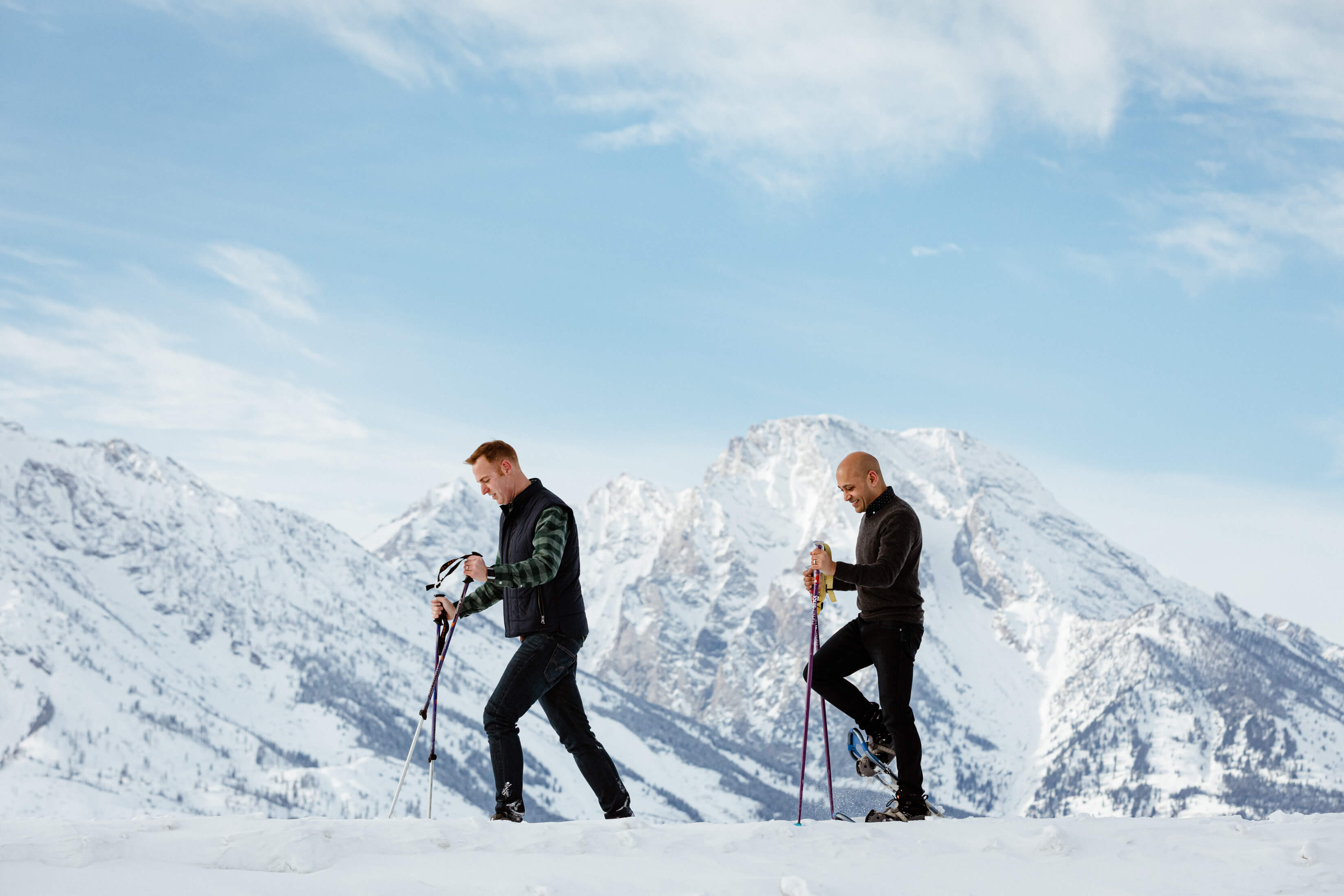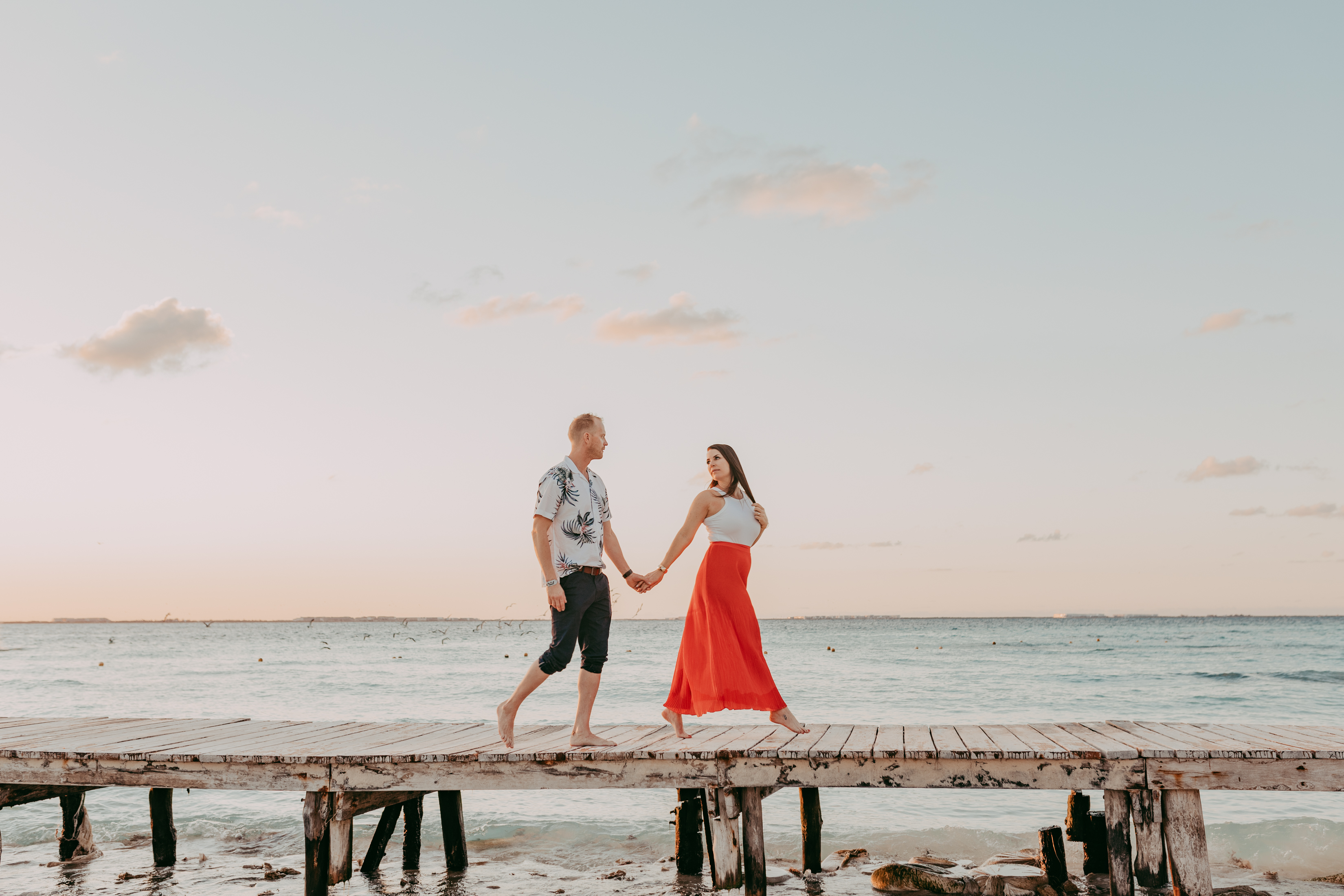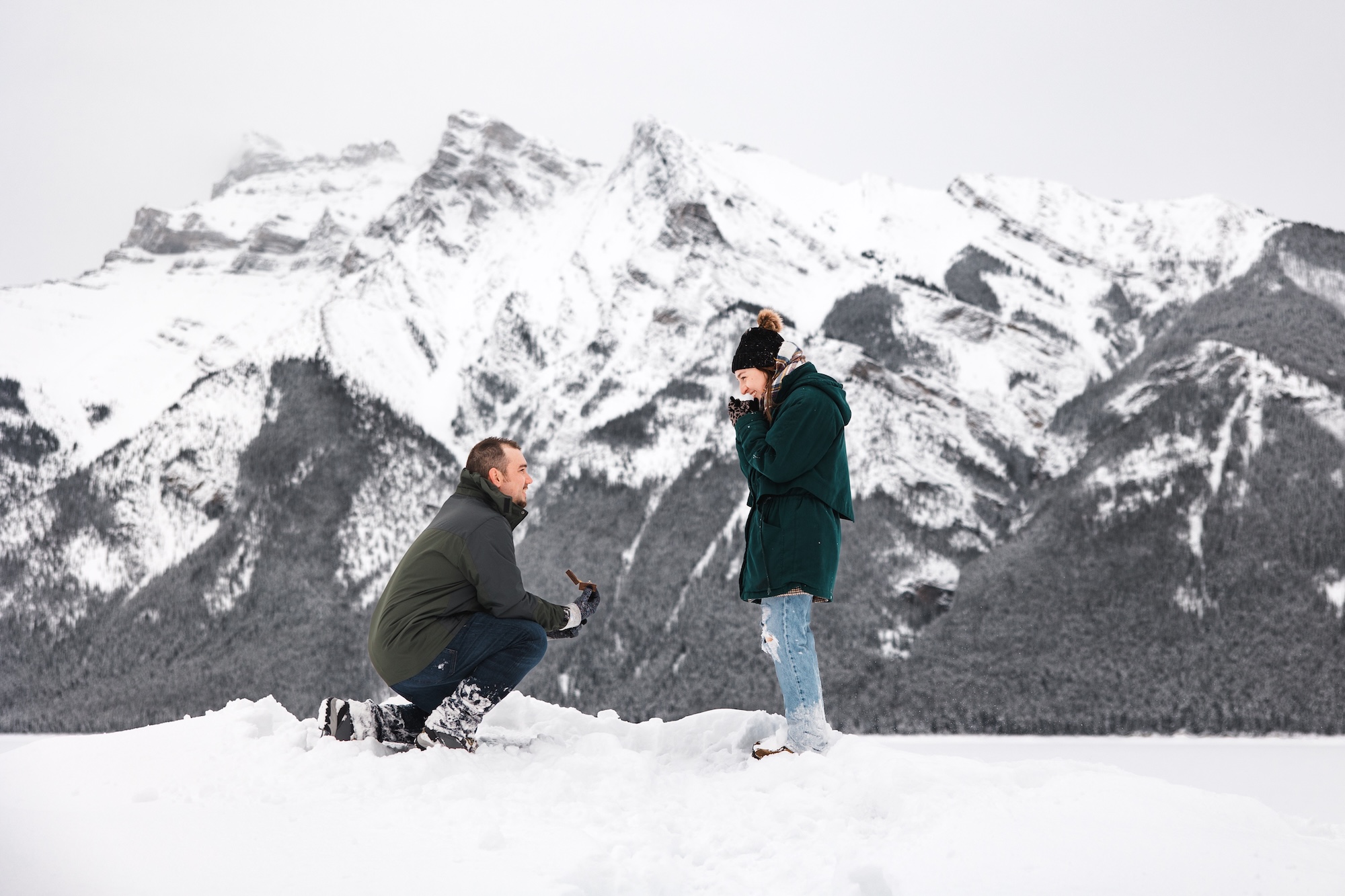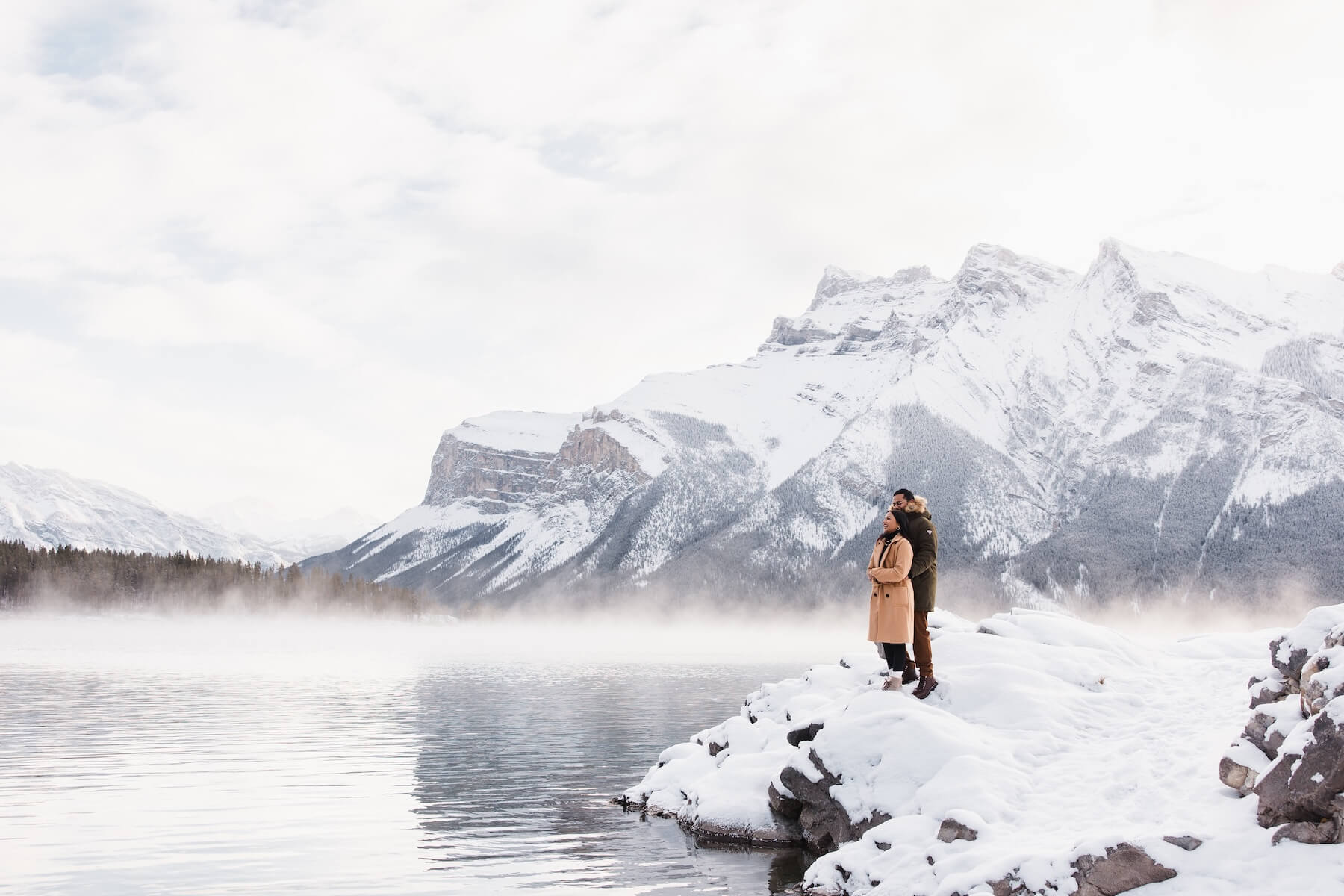Blog
Top 5 Places to Take Photos in Oslo
Dec 5, 2025 | Flytographer
Oslo Photo Spots Known for its Viking roots and high standard of living, Norway’s capital is a...
Read MoreTop 10 Last-Minute Gift Ideas for the Traveller
Nov 6, 2025 | Flytographer
Last Minute Gift Ideas Are you looking to sleigh the holiday gifting game with some last-minute...
Read MoreThe 10 Best Experience Gifts That Aren’t Things
Nov 5, 2025 | Flytographer
ℹ️ This page includes affiliate links. If you click and purchase, Flytographer may receive a small...
Read MoreThree Weeks Alone in Europe: What I Learned After Launching My Youngest Son to College
Oct 28, 2025 | Flytographer
About the author: As the Founder and CEO of Flytographer, Nicole shares her story of building the...
Read MoreBest Christmas Markets in Europe to Experience This Winter
Oct 21, 2025 | Flytographer
European Christmas Markets Steeped in tradition and adorned with fabulous Christmas decorations,...
Read MoreTop 20 Travel Destinations for Architecture Lovers
Oct 20, 2025 | Flytographer
Hot Spots for Architecture The myriads of architectural styles around the globe reflect the rich...
Read MoreTop Packing Tips From Travel Experts for Style & Cultural Relevance
Oct 16, 2025 | Flytographer
Best Packing Tips We’ve all been there – staring at an empty suitcase and wondering...
Read More10 Best Winter Vacations For Skiing Adventures
Oct 8, 2025 | Flytographer
Best Winter Vacations The winter months are made for more than hibernation. When the thermometer...
Read MoreFlytographer’s Ultimate Mexico Travel Guide
Oct 6, 2025 | Flytographer
Best places to travel in Mexico A country as sweet as agave but equally as spicy🌶 , Mexico’s deep...
Read MoreTop 10 Places to Propose in Winter Around the World
Oct 3, 2025 | Flytographer
Places to Propose in Winter We easily connect people with trusted photographers for fun photo...
Read More5 Tips to Have the Best Winter Photoshoot
Oct 2, 2025 | Flytographer
Making the Most of a Winter PhotoshootWhether you’re bundling up for a wintery holiday...
Read MoreTop 10 Best European Cities to Visit in Winter
Oct 1, 2025 | Flytographer
European Cities to Visit in Winter We easily connect people with trusted photographers for fun...
Read More
- 1
- ...
- 2
- 3
- 4
- 5
- 6
- 7
- 8
- 9
- 10
- 11
- 12
- 13
- 14
- 15
- 16
- 17
- 18
- 19
- 20
- 21
- 22
- 23
- 24
- 25
- 26
- 27
- 28
- 29
- 30
- 31
- 32
- 33
- 34
- 35
- 36
- 37
- 38
- 39
- 40
- 41
- 42
- 43
- 44
- 45
- 46
- 47
- 48
- 49
- 50
- 51
- 52
- 53
- 54
- 55
- 56
- 57
- 58
- 59
- 60
- 61
- 62
- 63
- 64
- 65
- 66
- 67
- 68
- 69
- 70
- 71
- 72
- 73
- 74
- 75
- 76
- 77
- 78
- 79
- 80
- 81
- 82
- 83
- 84
- 85
- 86
- 87
- 88
- 89
- 90
- 91
- 92
- 93
- 94
- 95
- 96
- 97
- 98
- 99
- 100
- 101
- 102
- 103
- 104
- 105
- 106
- 107
- 108
- 109
- 110
- 111
- 112
- 113
- 114
- 115
- 116
- 117
- 118
- 119
- 120
- 121
- 122
- 123
- 124
- 125
- 126
- 127
- 128
- 129
- 130
- 131
- 132
- 133
- 134
- 135
- 136
- 137
- 138
- 139
- 140
- 141
- 142
- 143
- 144
- 145
- 146
- ...
- 147
Search the Blog
50+ Tips On How To Look Amazing in Photos 📸
Travel Inspiration
Top Destinations
Recent Posts
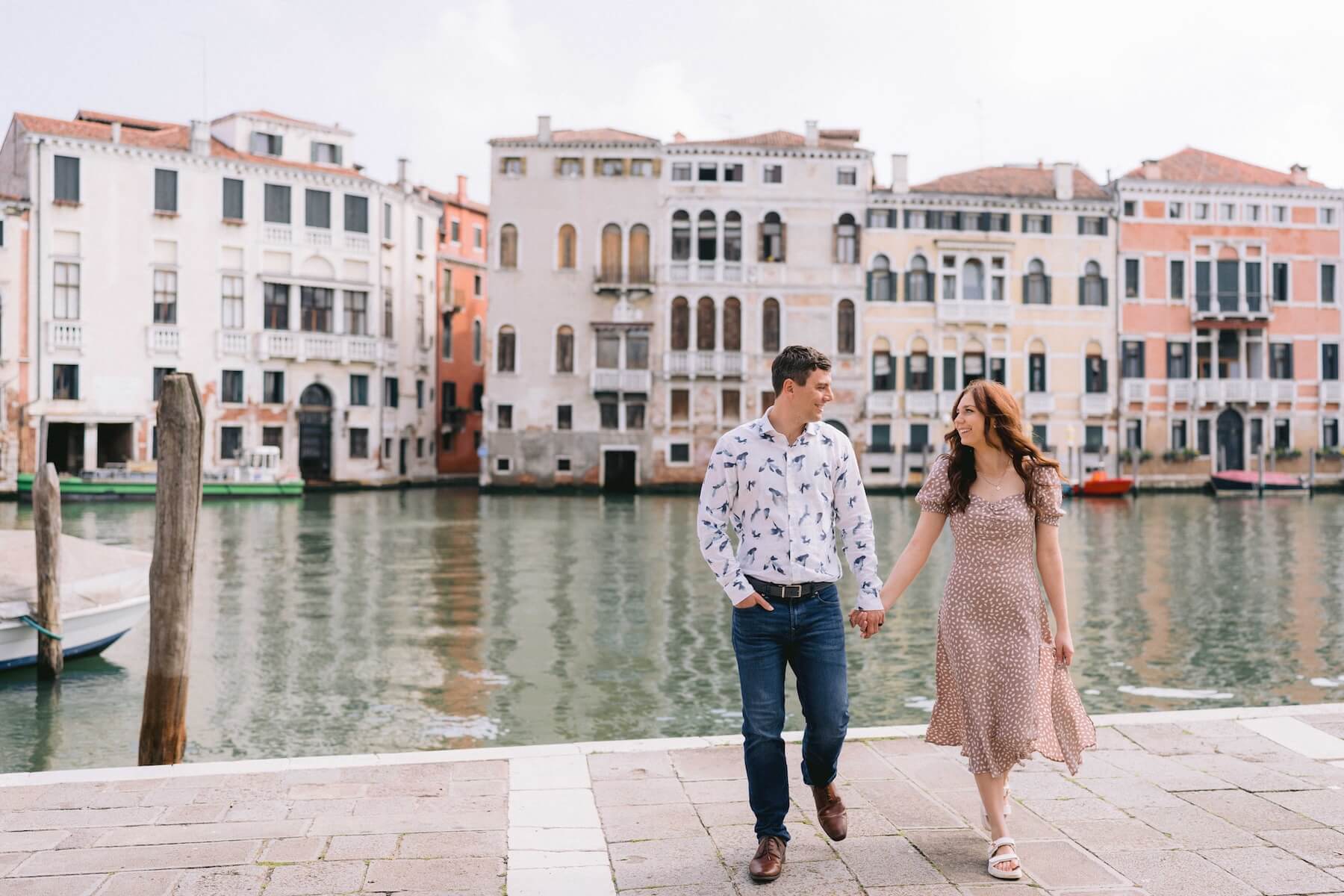 Emily in Paris Season 5 Filming LocationsIn FlytographerDecember 12, 2025
Emily in Paris Season 5 Filming LocationsIn FlytographerDecember 12, 2025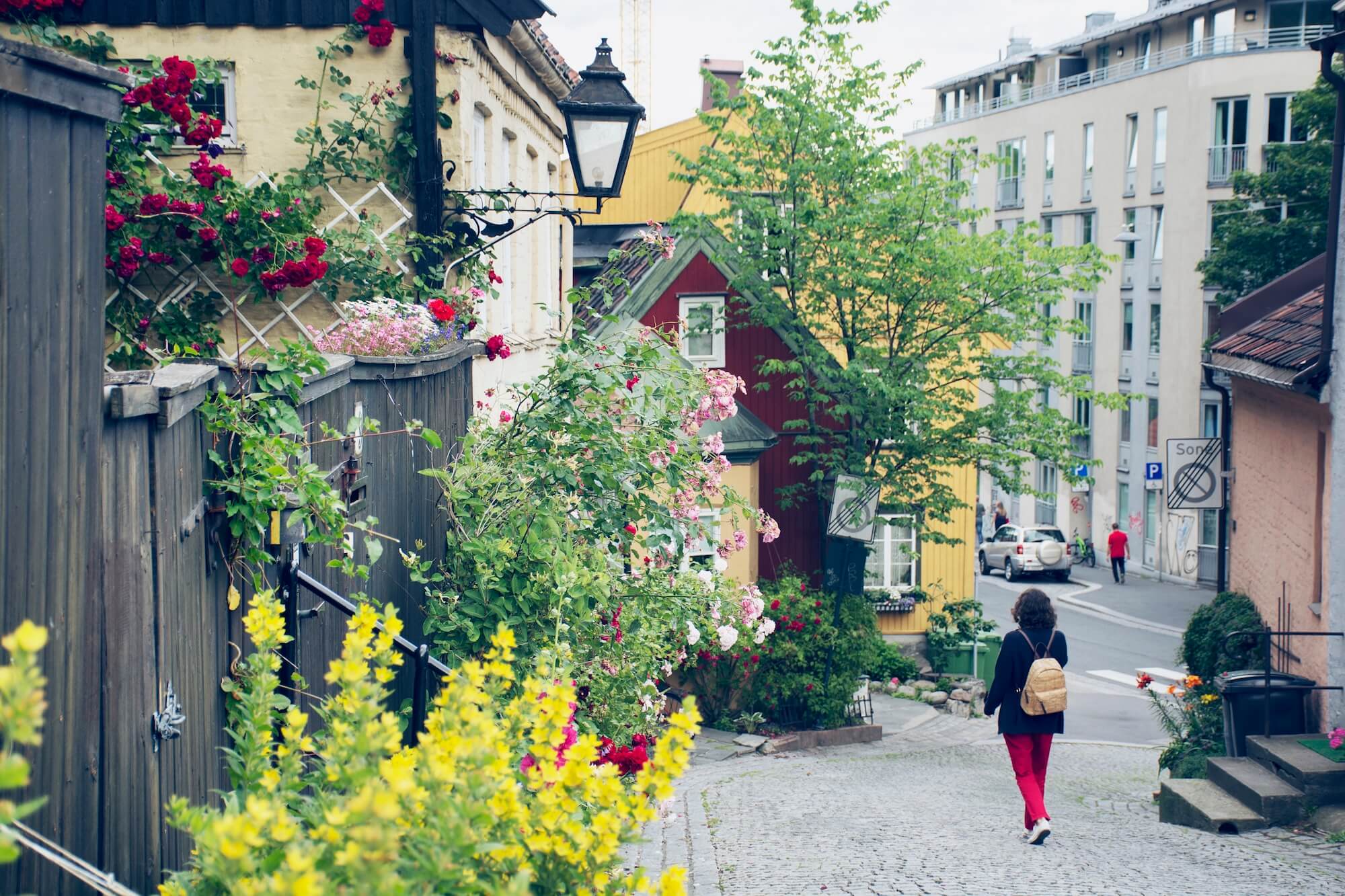 Top 5 Places to Take Photos in OsloIn FlytographerDecember 5, 2025
Top 5 Places to Take Photos in OsloIn FlytographerDecember 5, 2025 Top 10 Last-Minute Gift Ideas for the TravellerIn FlytographerNovember 6, 2025
Top 10 Last-Minute Gift Ideas for the TravellerIn FlytographerNovember 6, 2025 The 10 Best Experience Gifts That Aren’t ThingsIn FlytographerNovember 5, 2025
The 10 Best Experience Gifts That Aren’t ThingsIn FlytographerNovember 5, 2025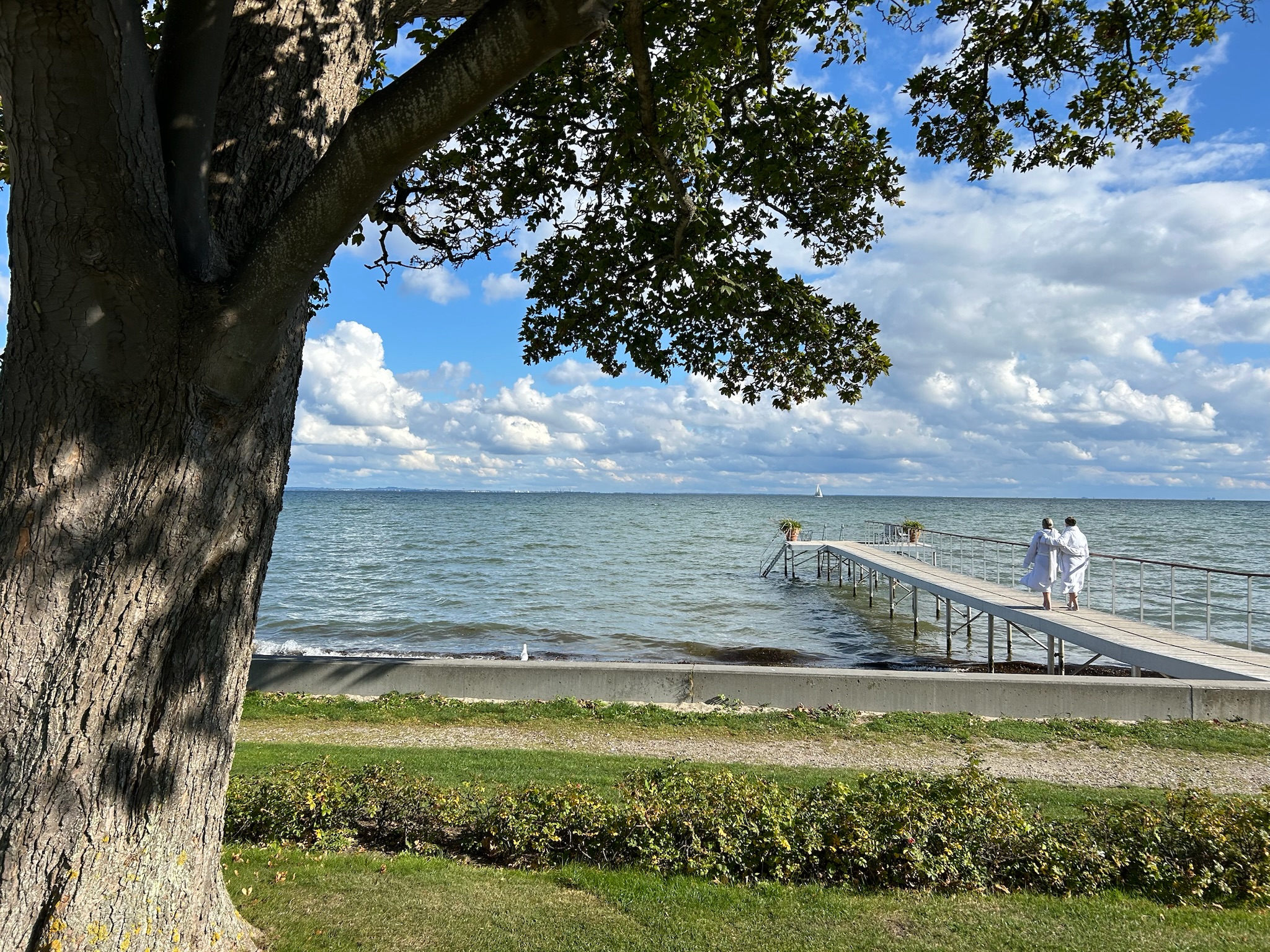 Three Weeks Alone in Europe: What I Learned After Launching My Youngest Son to CollegeIn FlytographerOctober 28, 2025
Three Weeks Alone in Europe: What I Learned After Launching My Youngest Son to CollegeIn FlytographerOctober 28, 2025
Featured On










